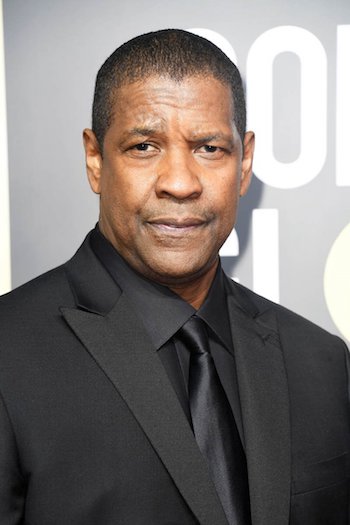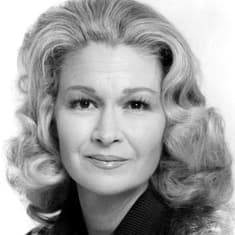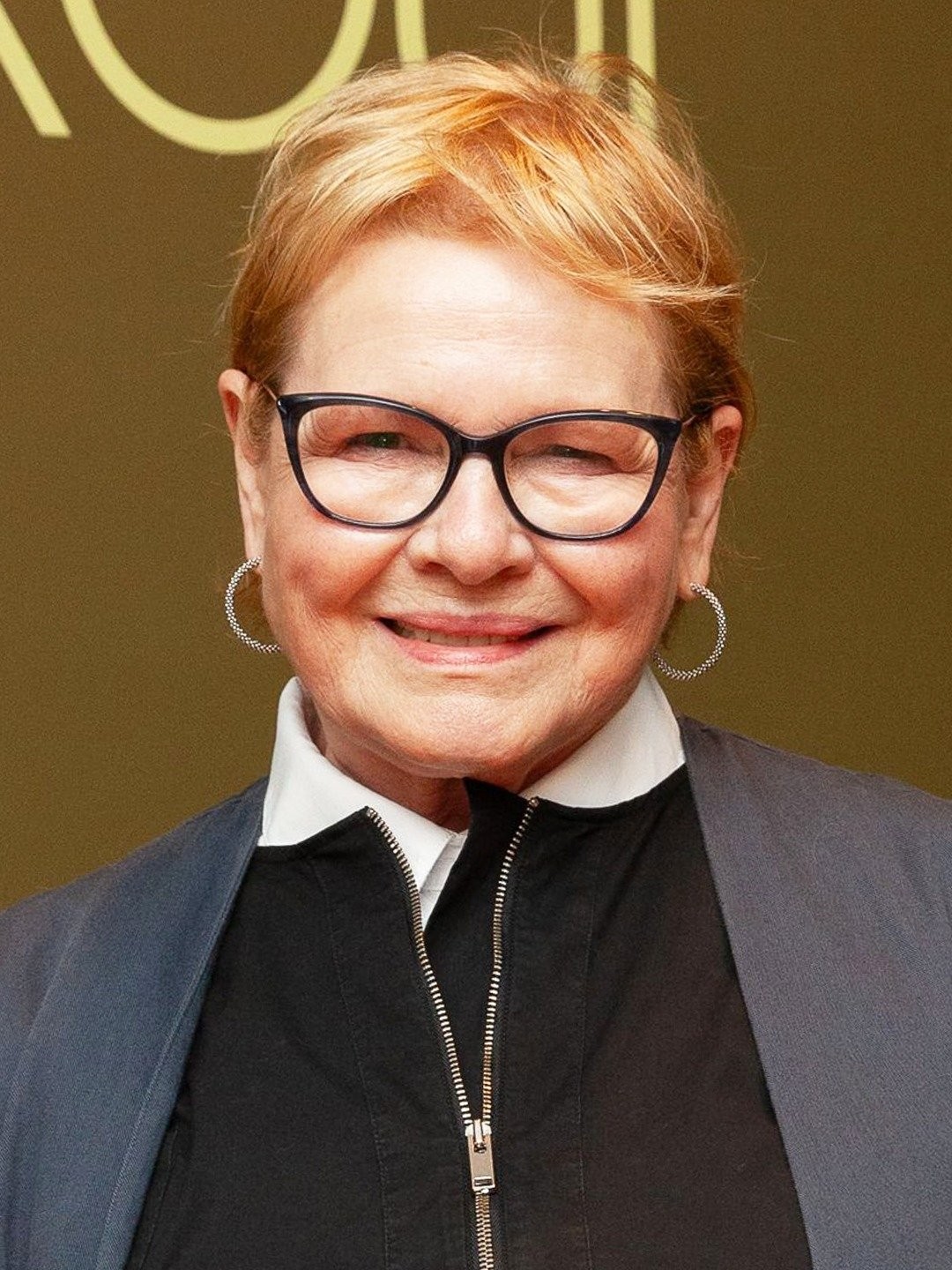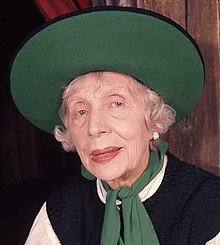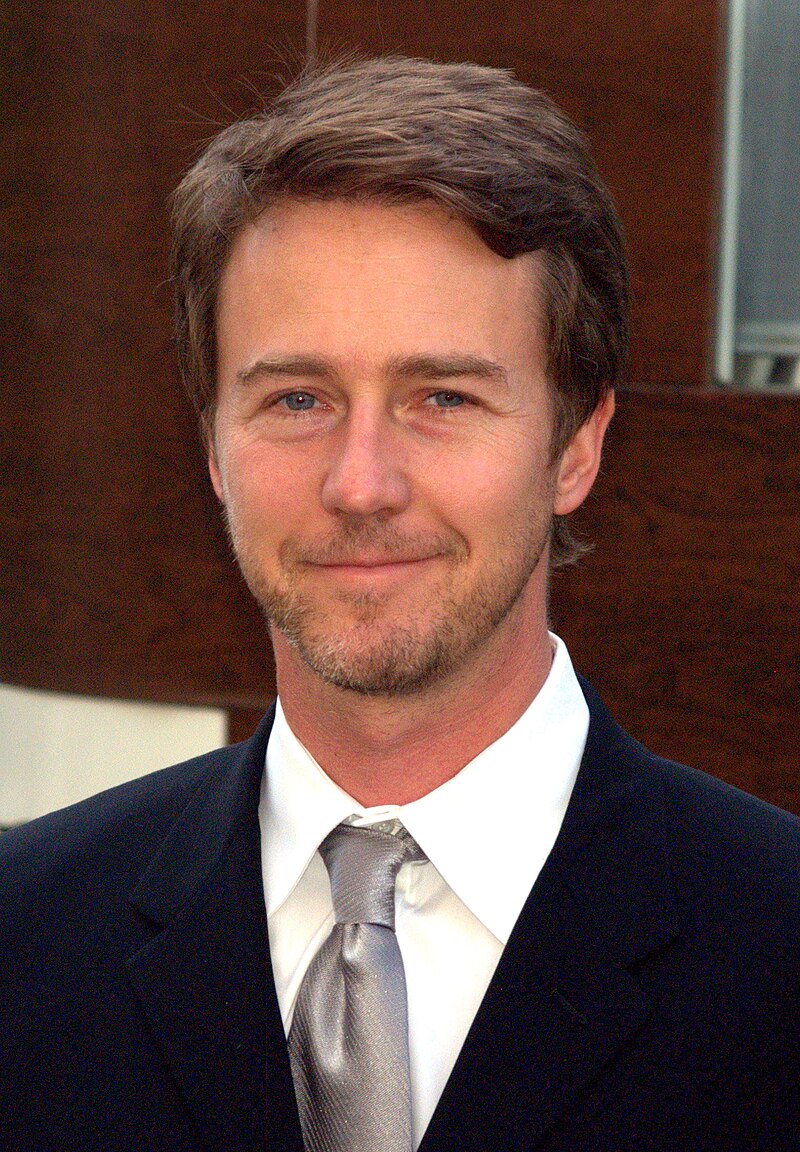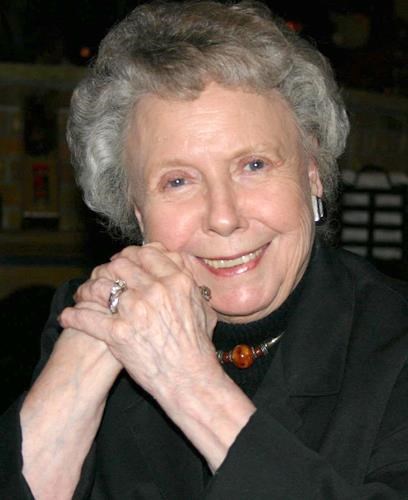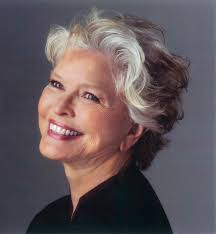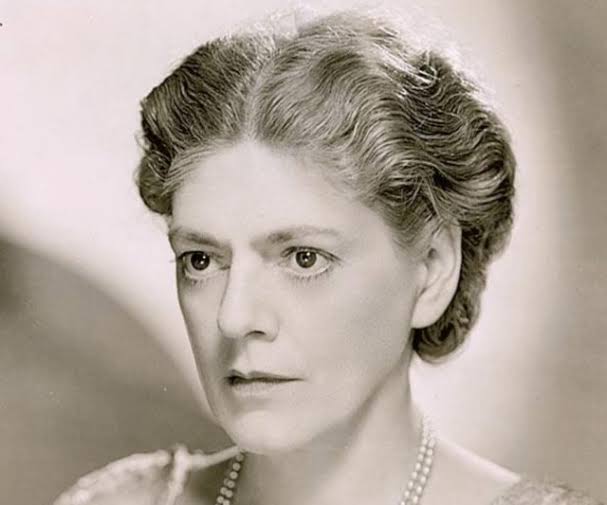Probably, in the modern world, it is difficult to find a girl who does not know about such a clothing brand as ZARA. However, it is even more troublesome to find someone who knows who minds such a stylish and unique brand name. Covadonga O’Shea and her book “The ZARA Phenomenon” have become a revelation, a find, and an unusual storehouse of valuable information for many. What is distinctive about the author in her written work?

Amancio Ortega is the wealthiest man in Spain, a fashion designer, creator, and president of Industria de Diseno Textil Sociedad Anonima. Inditex Corporation is the largest retail chain worldwide and owns brands such as Zara, Pull & Bear, Massimo Dutti, Bershka, Stradivarius, Oysho, Zara Home, and Uterqüe.
The Western journalist names Amancio Ortega the Spanish Sphinx. Other designations are also eagerly replicated: the man of legend, the man of magic, the uncrowned king of design. And they are entirely accurate – none of them can be deemed an overstatement. Not only because the formula of achieving developed by Ortega, which raised him to the world business Olympus, not only can be accomplished but even completely resolved by anyone. Continuous mystery and he.
Through determination and persistence, Ortega has endured not only to grow into one of the most powerful businessmen in the world. Now he is a man, an acquaintance with whom is considered an honor and a priceless gift because Ortega’s wisdom and love of life can charm everyone. It is exceptional that the public succeeded to study the features of Amancio’s life only after the announcement of the book “The ZARA Phenomenon”. Despite the stunning commercial success, a billionaire is a modest person, hiding from spotlights, unnecessary questions, and speculation. Amancio Ortega demonstrates by his instance how much passion, perseverance, and determination mean.
Success Story, Biography of Amancio Ortega
Amancio Ortega was born on March 28, 1936, in the tiny Spanish township of Leone. His father was a railway machinist, and his mother was a supporter. The family was impoverished, and Ortega did not even complete high school. At the age of thirteen, he began working as a messenger for a fashionable tailor who made clothes for wealthy clients. At the age of 14, the Amasio family moved to A Coruña, where his father got a new job. It is where Amancio Ortega’s professional career began. He worked in shirring fabrics, then took up drapery and eventually moved on to an apprentice to an Italian fashion designer. The little tailor not only did sewing and tailoring, but he also studied the pricing scheme. And it was then that he wondered how to decrease the number of wraps in such a chain, which was decided in his Zara clothing empire.
In most cases, for an unschooled young man from a distant region, the ceiling in his career could be the position of a manager or a middle manager in the sales department. With Amancio, as with all those who freely became industry generals, the situation was modified. He – and his talent – was cramped within the framework predetermined by fate: mainly gifted people, as we have the opportunity to observe from various biographies, really have intellects regulated in a radically various method than the majority. Both accumulated knowledge and experience – necessarily find a way out in some creative solution, in know-how: in entrepreneurship, it is no less significant than science.
In the 1960s, Amancio became a manager in one of the stores in the town where he resided. It was there that he made the following observation. He understood that the market for purchasers of fancy clothing was too small. As an experiment, he bought inexpensive fabrics in Barcelona and, with the help of patterns he made, saved a lot on the material. All of this made clothes that were not inferior to clothes from the store but were more economical. His models differed among regional retailers with a bang, so Ortega protected start-up capital to begin his own business.
At the age of 27, Amasio, unitedly with his wife, started a knitwear workshop named Confecciones Goa (he once accidentally viewed his initials from right to left, and he fancied the editing GOA so much that he called his business that).
The main products manufactured by the factory were bathrobes, nightgowns, and lingerie. Ortega once repeated the clothes of a contemporary and insanely rich brand. Consequently, it was this worldview – imitating valuable things that would shift the foundation for his Zara brand.
A principal perspective of Zara was selling quality clothes, but at prices that even young people could manage. It was on this combination of customers that the landlord earned a lot. The firm’s credo was described in the first annual report: Zara’s mission is “To democratize the fashion market. We do not support the view that fashion is a lot of the privileged class, and, on the contrary, we offer affordable fashionable clothes for the “street”. But one that is inspired by the tastes, desires, and lifestyles of modern men and women. Life sufferings strengthened the personality of Ortega but did not disgrace his kind heart and subtle nature. That is why his discoveries are so precious to each of us.

